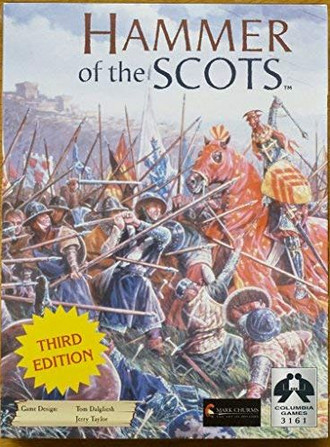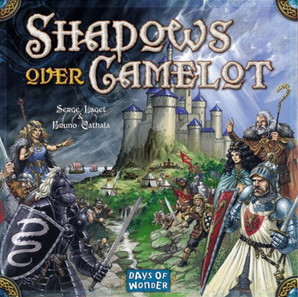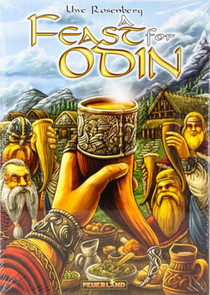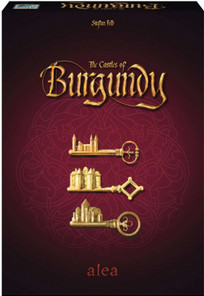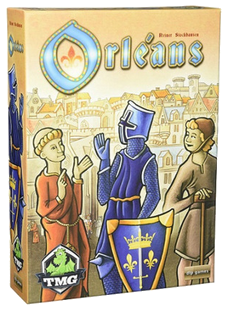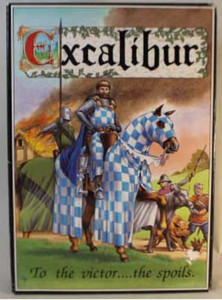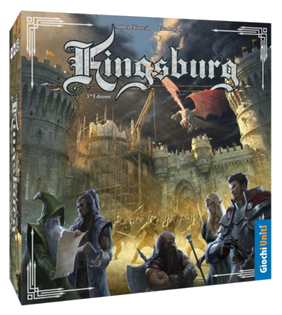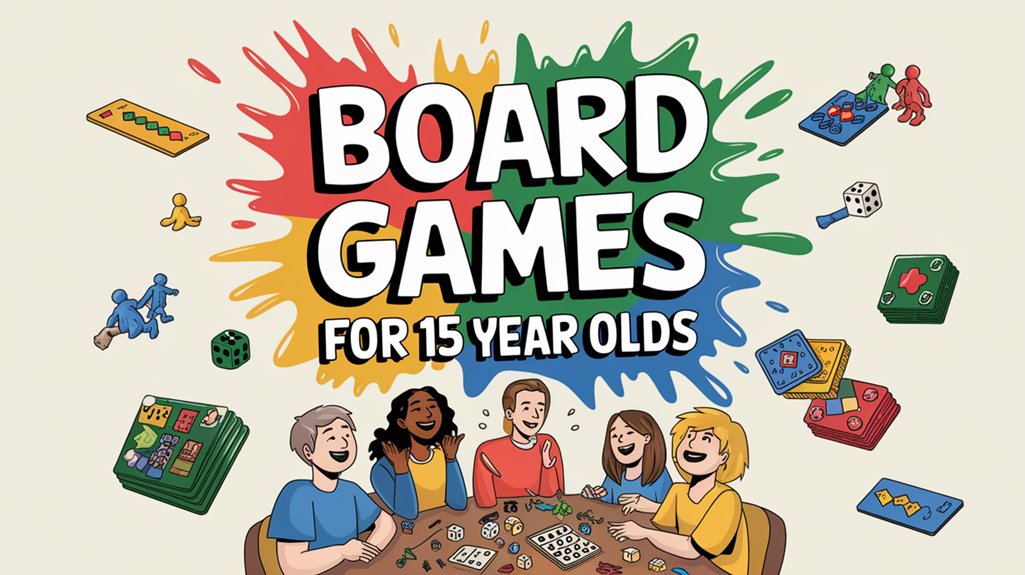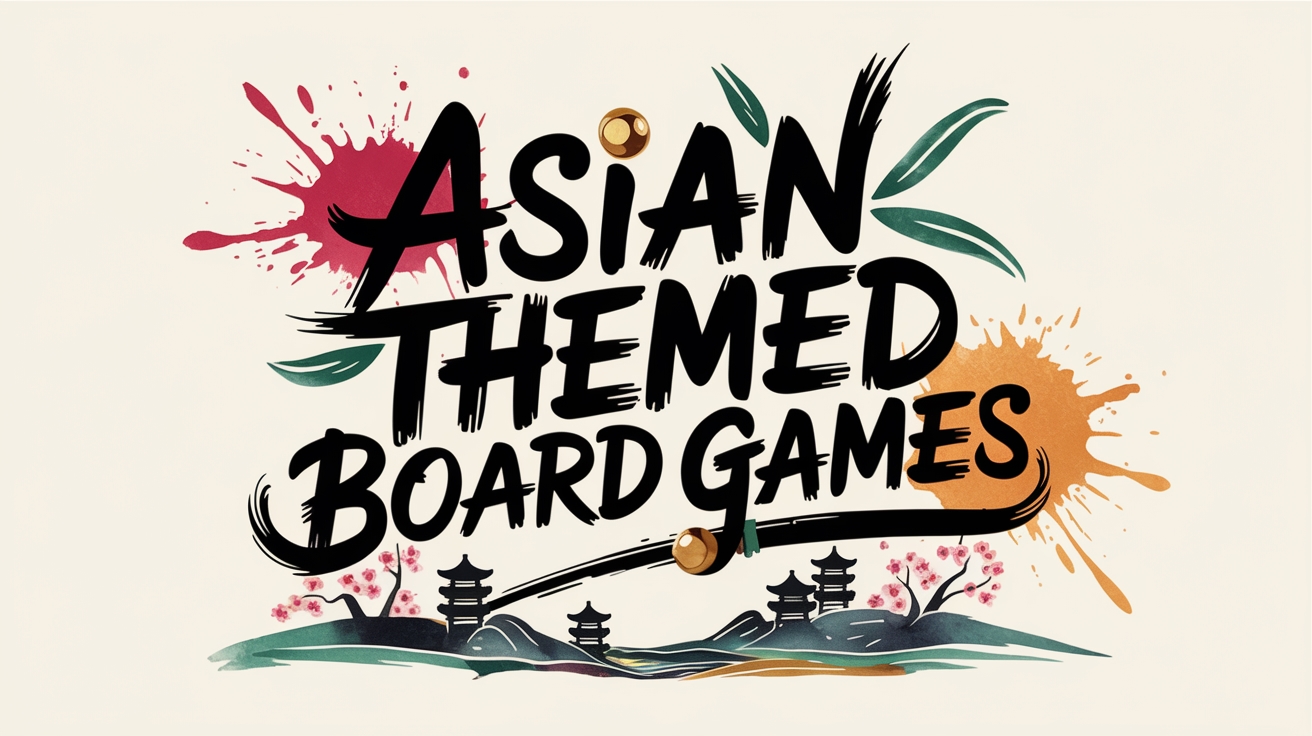Medieval themed board games transport players to historical European settings through diverse mechanics. Hammer of the Scots recreates the Scottish independence struggle with noble control mechanics. Shadows over Camelot features cooperative gameplay with a hidden traitor element. A Feast for Odin employs worker placement for Viking resource management. The Castles of Burgundy uses dice-driven territory acquisition. Orléans incorporates bag-building for deploying medieval followers. These games balance strategic depth with thematic immersion for distinctive medieval experiences beyond the typical dungeon plunge.
Key Takeaways
- Medieval board games like Hammer of the Scots, Shadows over Camelot, and The Castles of Burgundy offer immersive historical themes.
- The most engaging medieval games blend strategic depth with thematic elements, typically playing in 90-120 minutes.
- Popular mechanics include worker placement, dice-driven actions, and resource management within medieval economic and military contexts.
- Many medieval-themed games support 2-5 players with varied gameplay approaches that encourage different strategic paths.
- Victory in medieval board games often comes through controlling territories, building alliances, or developing resource networks.
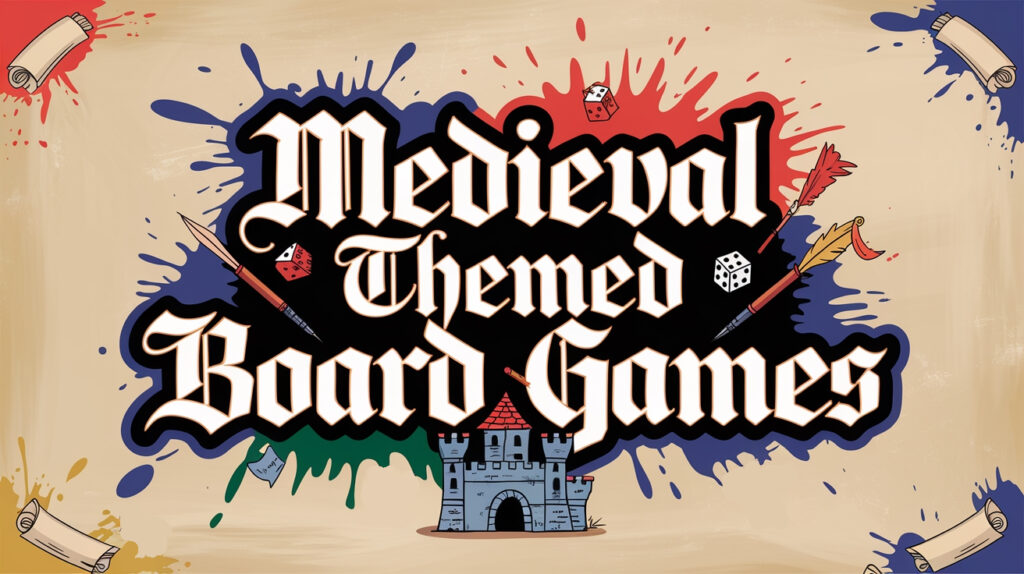
Hammer of the Scots
Few medieval board games capture the tumultuous struggle between England and Scotland with such strategic depth as Hammer of the Scots (3rd Edition). This historically accurate simulation pits players against each other as English forces seeking to pacify Scotland versus Scottish rebels fighting for liberation under William Wallace.
The third edition features a redesigned map while maintaining the core components of its predecessor. Victory hinges on the strategic control of noble lords—English players must secure their loyalty to maintain dominance, while Scottish players must rally these nobles to their independence cause. The gameplay incorporates diplomatic negotiations, resource management, and tactical maneuvering reflecting the period’s power dynamics.
Players engage in multiple hours of critical decision-making where historical events shape strategic possibilities. The game rewards careful planning and adaptation, making each session a unique exploration of medieval Scotland’s fight for freedom.
Shadows over Camelot
Shadows over Camelot stands as a distinctive cooperative medieval board game where players assume the roles of Knights of the Round Table working collectively against the game system itself. The game introduces a potential traitor mechanic, creating tension as knights collaborate on quests while questioning loyalties.
The extensive component set includes a master gameboard, 30 detailed miniatures, 168 cards, and specialized dice that drive the strategic decision-making process. Players navigate three double-sided quests—Holy Grail, Excalibur, and Lancelot & the Dragon—requiring precise tactical coordination.
Unlike traditional competitive games, Shadows over Camelot emphasizes alliance-building while managing limited resources across multiple concurrent objectives. The game’s intricate balance forces players to make calculated sacrifices, strategically deploy knights to quests, and carefully consider each action’s long-term consequences against the ever-advancing threats to Camelot.
A Feast for Odin
A Feast for Odin transports players into the turbulent Norse era, where they command a Viking tribe through Uwe Rosenberg’s meticulously designed worker placement system. This 1-4 player strategic experience demands balanced decision-making between raiding, trading, hunting, and exploring new territories.
Players must optimize resource acquisition while ensuring Vikings remain fed—a critical gameplay tension. The victory path requires accumulating wealth through strategic activities, with final scoring determined by possessions that represent tribal value. Player interactions create dynamic competition for resources, with temporary raid alliances forming tactical opportunities.
Success hinges on evaluating opponents’ strategies while advancing one’s position. The game rewards efficient resource conversion and territorial expansion, offering multiple viable paths to supremacy. This immersive simulation of Viking life delivers complex mechanical depth while maintaining thematic coherence through each strategic decision.
The Castles of Burgundy
While Vikings raided across the North Sea, medieval nobles in central Europe engaged in a different type of conquest—estate building. The Castles of Burgundy, produced by Alea for their 20th Anniversary Edition, encapsulates this strategic domain development in a 12.25″ × 8.5″ × 2.5″ box.
This first printing collector’s item challenges players to acquire territories through dice-driven mechanics, optimizing resource pathways and building chains. Players construct medieval fiefdoms on personal estate boards, executing precise tactical maneuvers to outmaneuver opponents. The anniversary edition preserves the intellectual depth that earned Burgundy its reputation among strategy enthusiasts.
Unlike the brute-force conquests of its Nordic counterparts, Burgundy rewards calculated estate planning and opportunistic timing—mechanics that mirror the political machinations of medieval aristocracy rather than battlefield dominance.
Orléans
Medieval France springs to life in Orléans, a strategic bag-building game that transports players to the lively trade networks of the Loire Valley. Players compete for supremacy through the calculated deployment of followers—farmers, merchants, knights, and monks—each contributing distinct capabilities to their medieval engine. The objective transcends mere resource accumulation; players must establish trading posts, secure coveted goods, and advance scientifically to dominate medieval France.
- Knights improve action scope and provide crucial security for mercantile expeditions
- Craftsmen construct vital infrastructure and trading stations throughout the region
- Monks offer strategic protection against misfortune elements built into the game
- Scholars drive scientific advancement, unlocking competitive advantages
- Trading trips form the economic backbone, facilitating acquisition of region-specific goods
This deeply strategic game rewards careful follower selection and deployment, balancing immediate gains against long-term positional advantages.
Paladins of the West Kingdom
Paladins of the West Kingdom

Tension pervades the frontier lands of West Francia circa 900 AD, where players assume noble roles in this meticulously crafted strategic worker placement game. Set during the turbulent post-Carolingian era, players must fortify defenses against Saracens, Vikings, and Byzantine forces while expanding influence through faith.
| Element | Mechanical Impact | Strategic Value |
|---|---|---|
| Workers | Action execution | Resource pipeline |
| Faith | Monastery access | Victory points |
| Strength | Combat capacity | Enemy confrontation |
| Influence | Political advantage | Building options |
| Paladins | Unique abilities | Tactical flexibility |
Victory hinges on optimizing limited actions across seven rounds, with final scoring determined by outposts constructed, fortifications erected, and outsiders confronted. Players must carefully select Paladins each round, as their abilities fundamentally alter available strategic pathways. The game’s intricate balance between defensive positioning and offensive maneuvers creates compelling decision spaces with significant ramifications.
Excalibur
Excalibur transports players from the defensive frontiers of West Francia to the legendary valley of Camelot, where aspiring knights of the grail compete for lordship over Britain. This strategic 2-6 player board game from Wotan Games unfolds across four distinct seasons in 120-minute gameplay sessions.
- Players execute simultaneous or secret movement depending on collective tactical agreement
- Spring focuses on seed supervision or fief conquest, establishing early position
- Summer and Autumn incorporate similar action economies with harvest oversight becoming critical
- Combat mechanics include battles, sieges, and resource acquisition through village/monastery raids
- Strategic balance between conquest and agriculture management determines victory
The game’s mechanic of forcing knights to return to fields during Autumn creates tension between territorial expansion and economic sustainability. Designed for ages 14+, Excalibur offers complex decision trees where dominance requires mastery of both warfare and resource management.
Kingsburg
While the realm of King Tritus experiences constant threats at its borders, Kingsburg challenges players to assume the role of provincial governors competing for royal favor in a meticulously balanced strategy game. The core mechanism revolves around dice allocation to influence advisors, creating tension between resource acquisition and strategic timing.
Players navigate a five-year cycle, each requiring careful resource management for construction projects that yield victory points while simultaneously preparing defenses against inevitable enemy incursions. The dice-placement system offers multiple paths to victory through building optimization, advisor manipulation, or military strength.
With 2-5 player scaling, refreshed artwork, and session variability, Kingsburg maintains engagement across its 90-120 minute duration. The blend of worker placement and dice mechanics creates a decision space that rewards adaptive tactics within its medieval fantasy framework.
